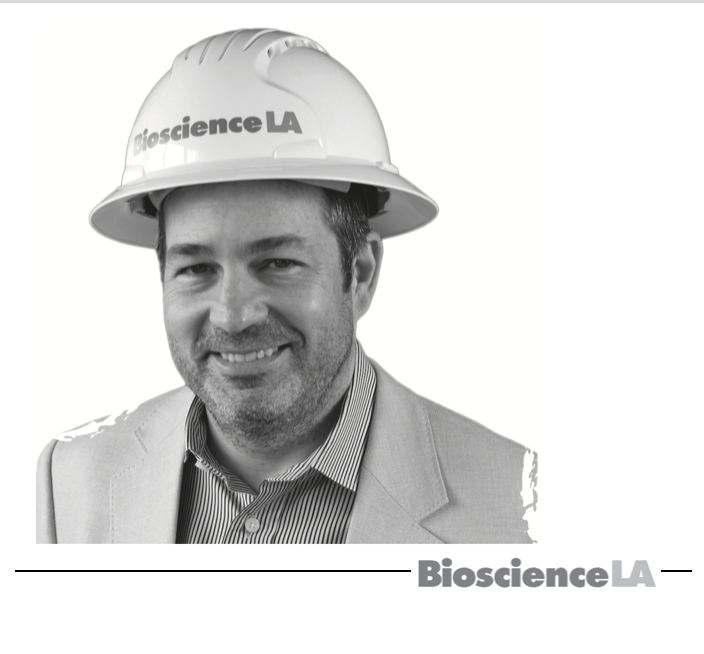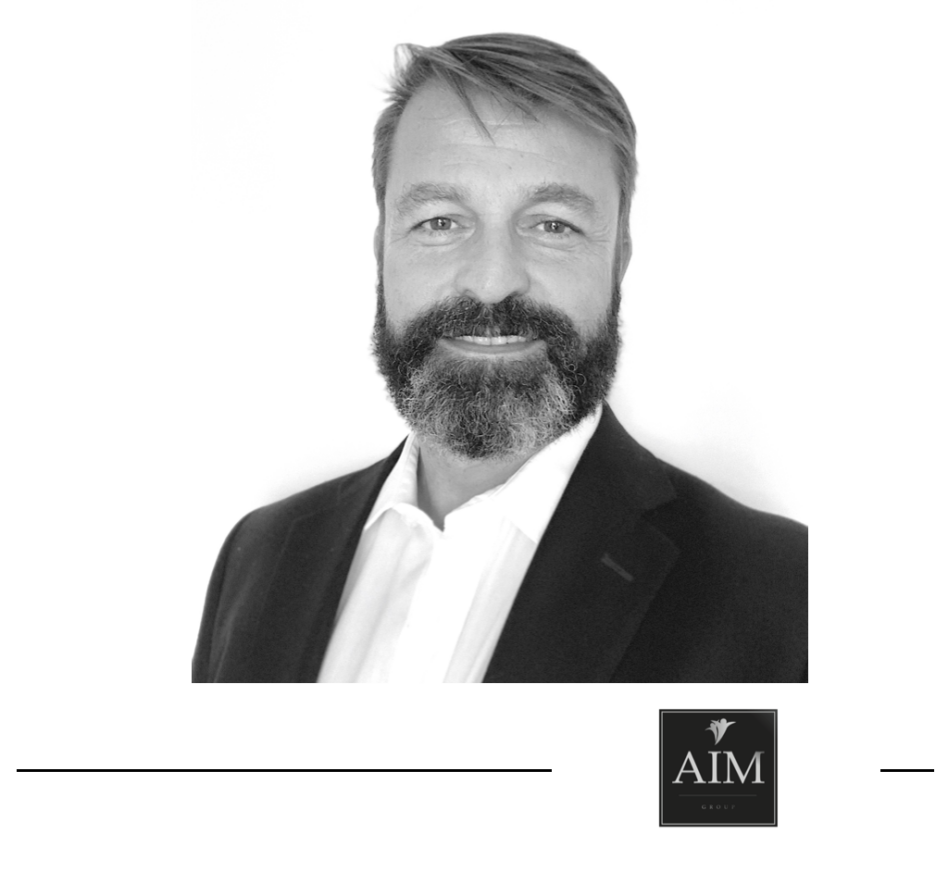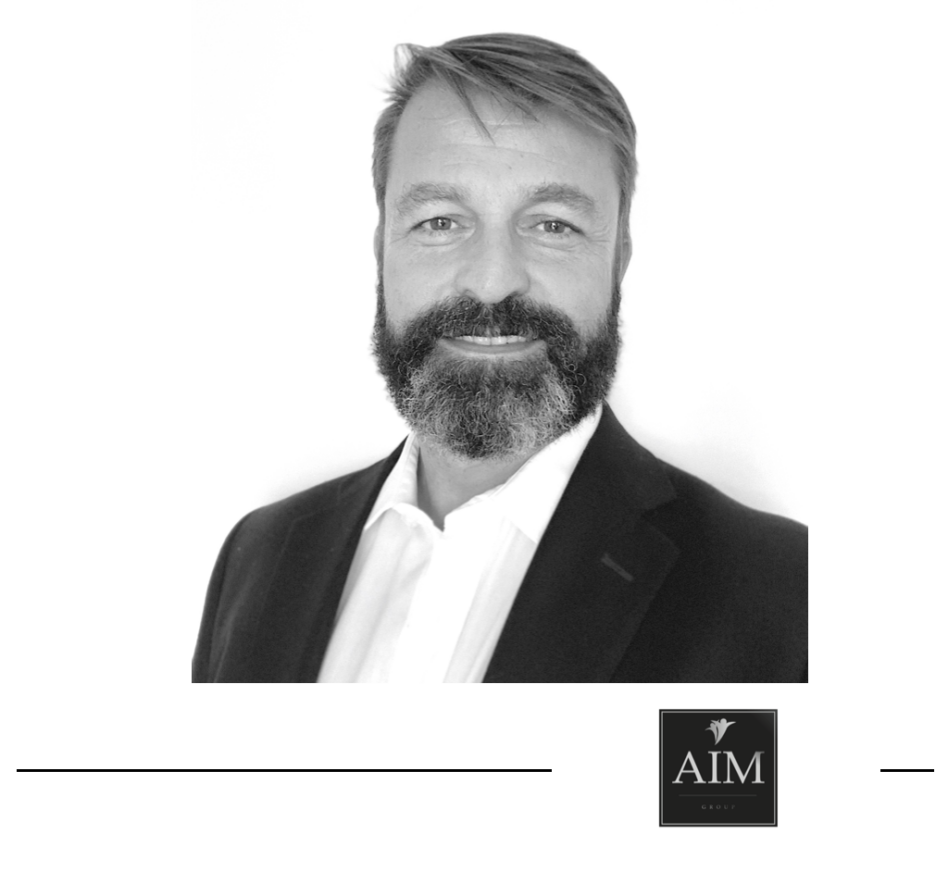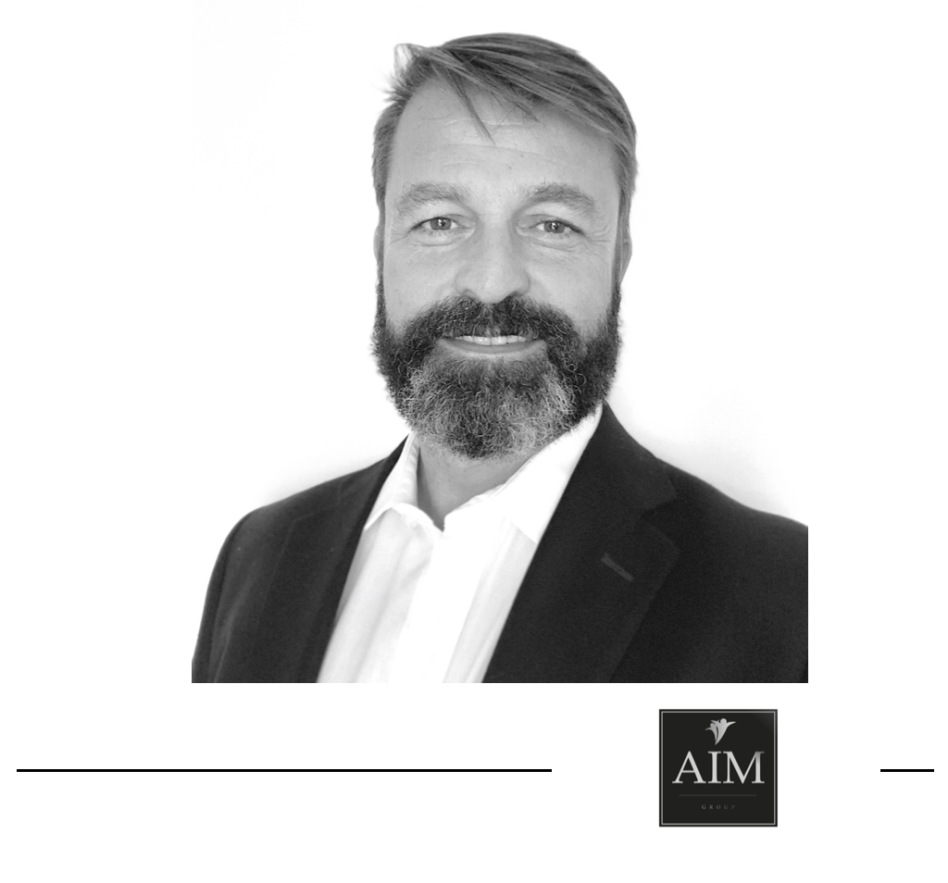By: David J. Whelan
Chief Executive Officer
BIOSCIENCE LA
Growing up in Central Pennsylvania, where nothing exciting ever happened, I spent my youth dreaming of getting out. My life was a 1980s nerdscape of D&D, arcades, and watching VHS movies in my friend’s basement. Basically, if you’ve seen Stranger Things, you know what I mean. That was me, minus the Upside Down.
The entry under my high school yearbook photo reads:“Future plans: ‘name’ college, grad school, science research, never returning to PA, breaking the land speed record, still listening to old music.”
While I’ve always enjoyed reading and writing, I was very much a science, math, and tech guy. I was inspired by Douglas Hofstadter’s Gödel, Escher, Bach: An Eternal Golden Braid and Silicon Valley tales like Fire in the Valley. I idolized godfathers like Hewlett and Packard, gurus like Minsky and Winograd, and entrepreneurs like Jobs and Wozniak.
So, I did what any self-respecting kid with good grades and SAT scores would do: I packed up my Beatles records and headed to Stanford.
Majoring in Symbolic Systems, my plan was to reinvent intelligence – of the artificial variety. When I graduated in 1992, the job market for AI just wasn’t there yet, and I didn’t think I had the resources to head to a graduate program at MIT’s Media Lab, so I found myself running IT for a small biotech incubator. I didn’t have any real mentors there, but I did learn the phrase “doing well by doing good,” which would return to my life many times, often when I least expected it.
While those stock options are worthless to this day, I felt that I was starting on my dream track. Recently, I recalled this as thinking I would start a dotcom in my 20s, start a VC in my 30s, and retire in my 40s. Those were my personal moonshots – or so I thought.
Contrary to those aspirations, I spent my formative years as a retained executive search consultant, helping founders and venture capitalists build successful teams. It was an incredibly rewarding experience, recruiting executives, often decades older than me, into new roles, which would change their lives, change their families’ lives, and sometimes change companies, industries, and the world. My boss and mentor, Conrad Prusak, taught me so much, especially how to listen, but also how to be a humble leader.
Yet still, I told myself I was on that personal moonshot track. Having worked with numerous telecom and technology companies, when I moved to Los Angeles at 30 to start an MBA program at UCLA Anderson School, my retooled vision was to become a telecom venture capitalist. I could do that in my 30s and still retire in my 40s, right?
What happened instead is that I found my way into a consulting project with a subsidiary of 24 Hour Fitness, where I fell in love with the passion of those in the fitness industry to transform people’s lives. Things got even more exciting when we partnered with a technology company (coincidentally, founded by a Stanford classmate and based in, of all places, Pennsylvania) to launch what turned out to be one of the first consumer activity-tracking wearables. We were too early for the market, so while the immediate business impact was not there, the possibilities of healthcare data excited me.
Those possibilities returned to the forefront several years later, when a three-month consulting gig turned into a three-year journey to plan, fund, and launch New York Genome Center, an innovative not-for-profit research institution. Living in Los Angeles and commuting across the country, sometimes weekly, was inspiring, tiring, and rewarding. We
were building something that would change lives, that would save lives, that would impact the world. I was 40, I was not a VC, and I was not retiring any time soon, but I was having fun making a difference.
Seeing the potential in healthcare innovation, I developed a personal brand phrase, “building businesses and inspiring entrepreneurs at the intersection of technology, health, and wellness,” and set out to do just that. The most eye-opening part was realizing that I had been doing aspects of this all along.
When I edited my high school newspaper and designed a Soviet-American student journal at Stanford, I was questioning the world, telling stories, and inspiring others. When I taught computer literacy to middle schoolers in my school district, or taught Macintosh skills to college students at the Tresidder Computer LaIR at Stanford, or led presentation and communication workshops to Boeing engineers, I was helping give leaders the tools they needed to communicate, to build their products and their businesses, to make an impact. I co-founded an alumni group called Stanford Ideas & Connections Network. I served on the UCLA Anderson School Alumni Network Board. I volunteered with Business Volunteers for the Arts and joined the board of San Francisco Shakespeare Festival. I’ve been a mentor, coach, and advisor for organizations like Larta Institute, Women Founders Network, and Cedars-Sinai Accelerator. The common thread is helping both myself and others to make an impact on the world around us.
New York Genome Center led to numerous other opportunities at the intersection of technology, health, and wellness – including steering a multi-year strategic and financial plan for a leading synthetic biology organization, launching a cancer diagnostic spinoff from a leading hospital, and developing a market assessment and strategic plan for an innovative integrative healthcare research concept. I also found time to work on some start-ups of my own, from nutritional products to wearable healthtech to digital health and media. None cashed out for me, but all of them taught me lessons, introduced me to some amazing people (many of whom I’ve worked with multiple times over the years), and allowed me to continue to make a difference in people’s lives.
More than that, a funny thing happened on the way to JFK. When we launched New York Genome Center, it was a critical part of an inflection point in New York’s life sciences community. Without realizing it at first, I was part of a group of people helping to build a business ecosystem.
Without those experiences, I am not sure that I would have found my way into the non-profit world. I am not sure that the “intersection of technology, health, and wellness” would mean anything to me. And I am almost certain I would not be leading an organization like BioscienceLA.
Founded in 2018, BioscienceLA is the innovation catalyst for life sciences in the greater Los Angeles region, accelerating the growth of funding, space, and talent. The independent not-for-profit organization was seeded by LA County and has backing from Amgen, PhRMA, Richard Lundquist, Richard Merkin, City of Hope, and Cedars-Sinai, among others. I was named the first permanent CEO in 2020, with my first day being Monday, March 16, the day that LA and much of the world locked down in the early days of the COVID-19 pandemic. I challenge anyone to think of a more appropriate moment to go all in on healthcare innovation.
As a catalyst for innovation, BioscienceLA seeks to enable diversity, amplify science, and accelerate collaboration. Every day, I get the chance to work with scientists and physicians, researchers and entrepreneurs, investors and advisors, to help build companies and communities that will save lives, create jobs, and redefine Los Angeles. Some of those days, I can measure my impact directly, through investment dollars, new hires, or busy lab facilities. Other days, a CEO will share with me how my work has put his company on a path to success. Once, I met someone who had been part of New York Genome Center years after me. He told me that not only did he owe that job to founders like me, but because of that job, he was able to help improve the quality of life of a child born with a rare genetic disorder.
Today, I am in my early 50s. I never started a dotcom, and I probably won’t start a web3 company. I’m not a venture capitalist (although through my work today, I am proud to be an LP in a prominent VC firm, where I am helping create a successful portfolio of healthcare companies). I am not sure if I will ever retire, and likely not with Fire in the Valley wealth. Nevertheless, I wake up every day excited to be doing well by doing good. I am blessed to be part of the leadership of a diverse ecosystem, which requires a healthy dose of humility. In a post-pandemic world of advanced diagnostic tests, remote patient monitoring, and telehealth, I can think of nothing as impactful or meaningful as building businesses and inspiring entrepreneurs at the intersection of technology, health, and wellness. My moonshot is helping others achieve theirs.
I am not exactly who I set out to be. However, I feel like I am so much more. Some days, I help founders to move their science research forward. Other days, I help entrepreneurs break their own personal land speed records. Every day, I find ways to make an impact – on Los Angeles, on life sciences, on people’s lives. And, every day, I am still listening to old music.




